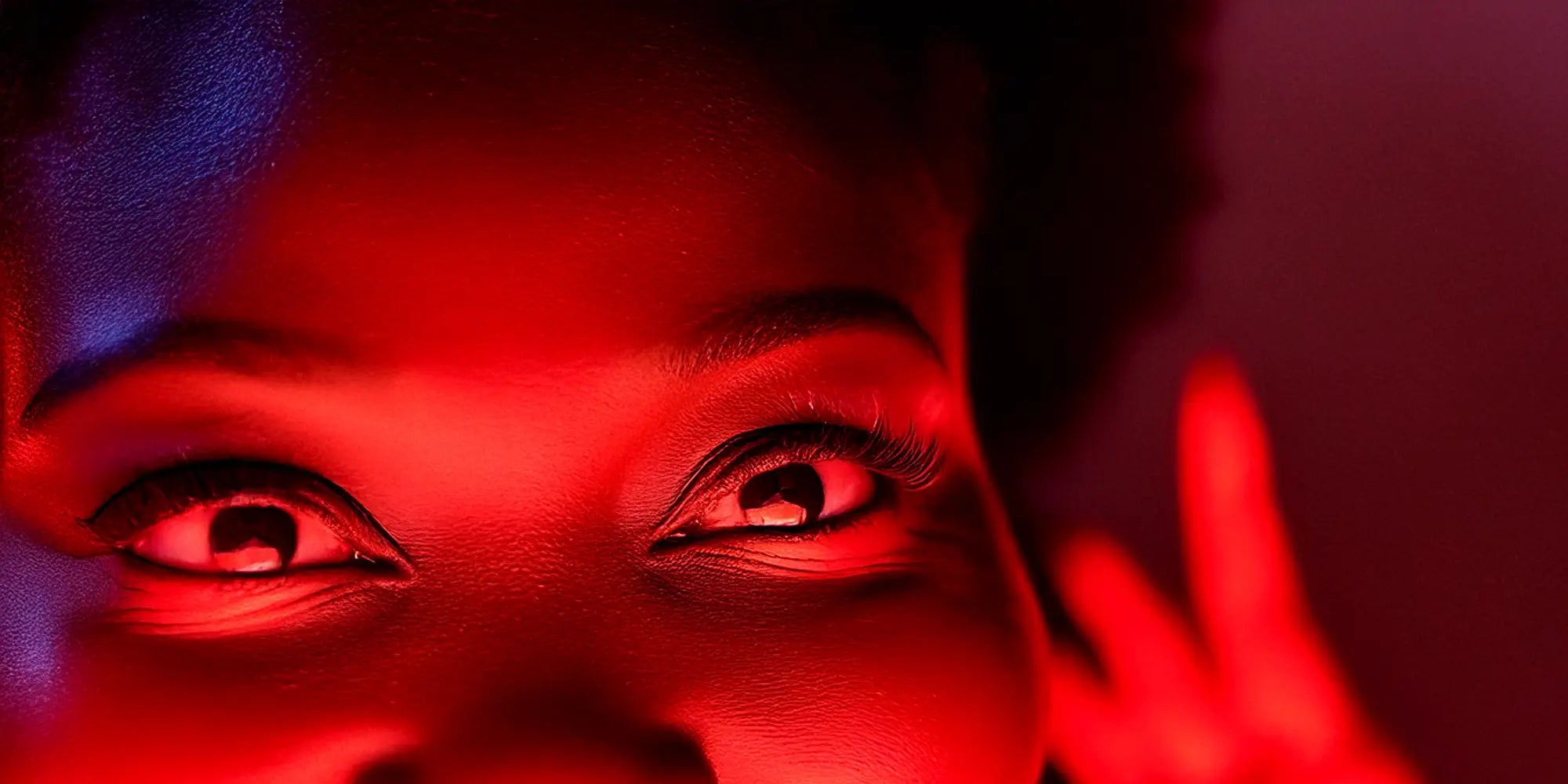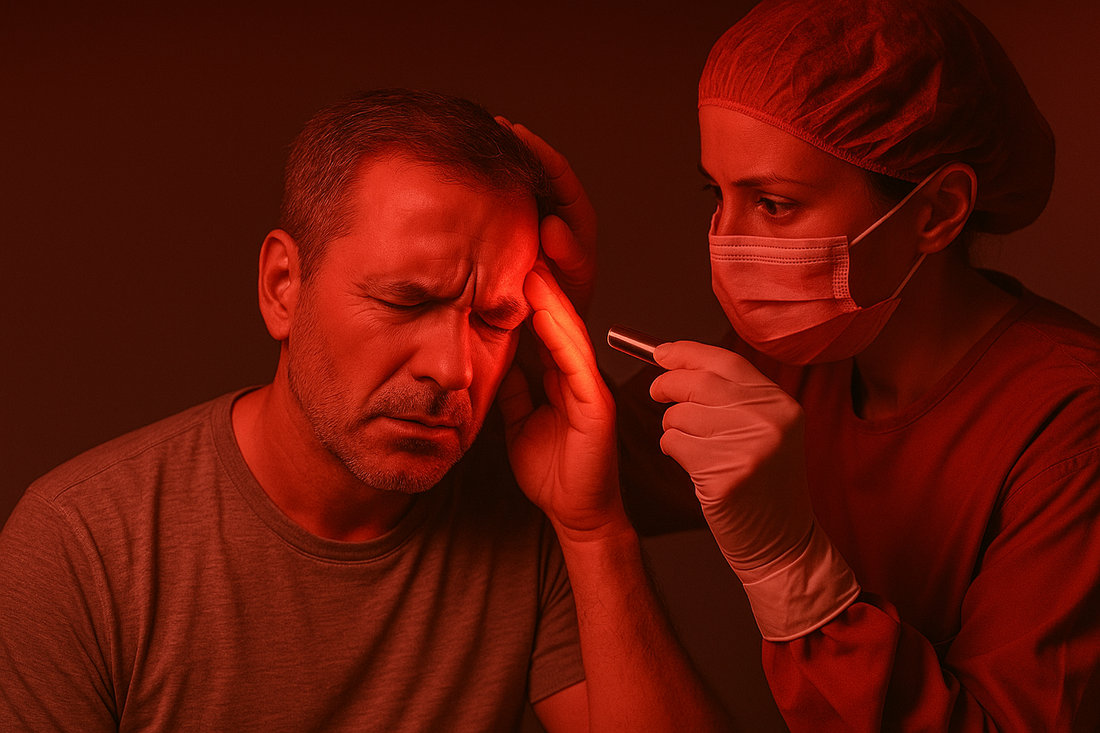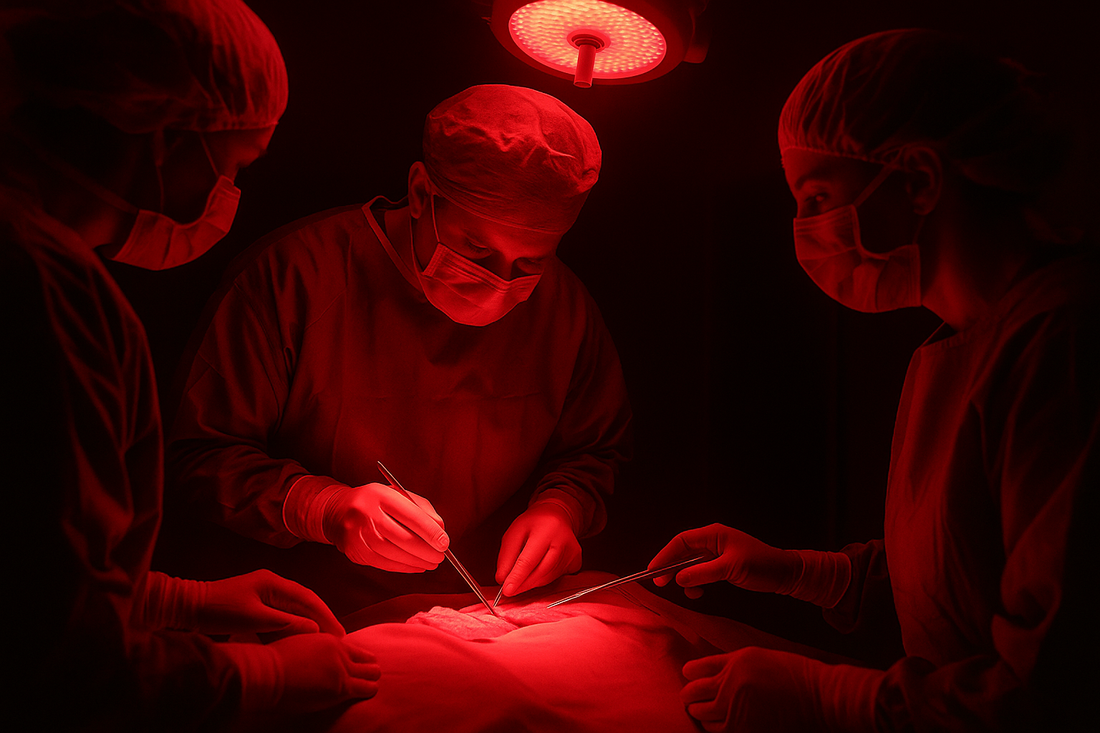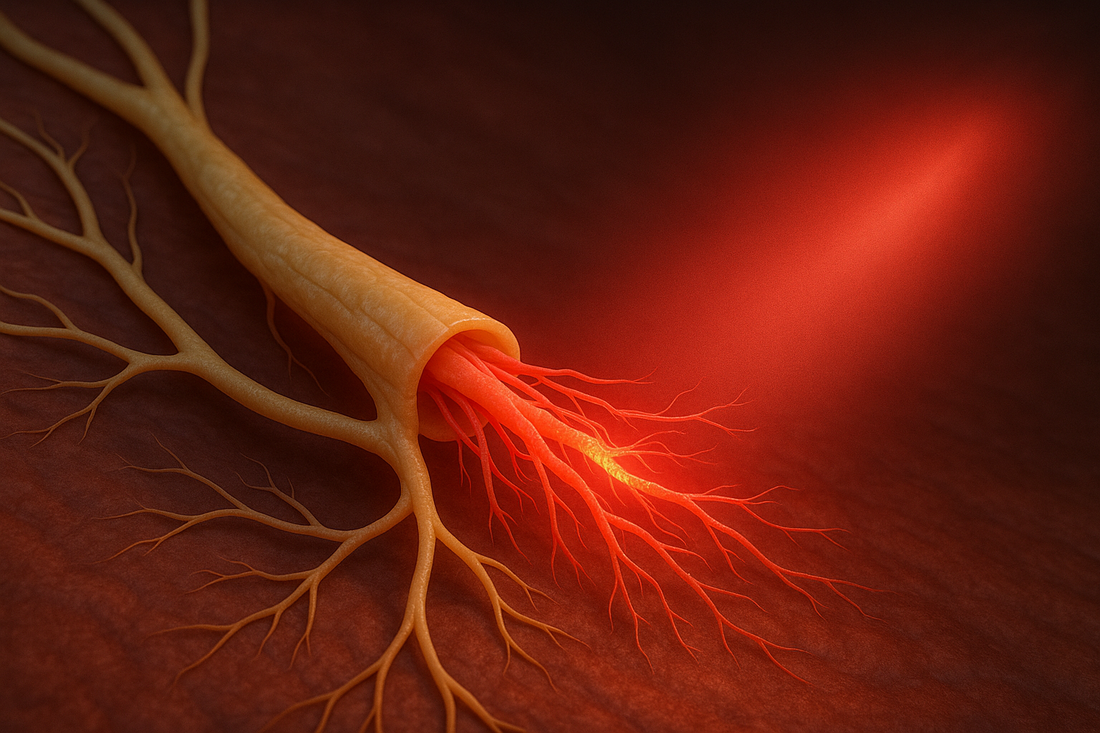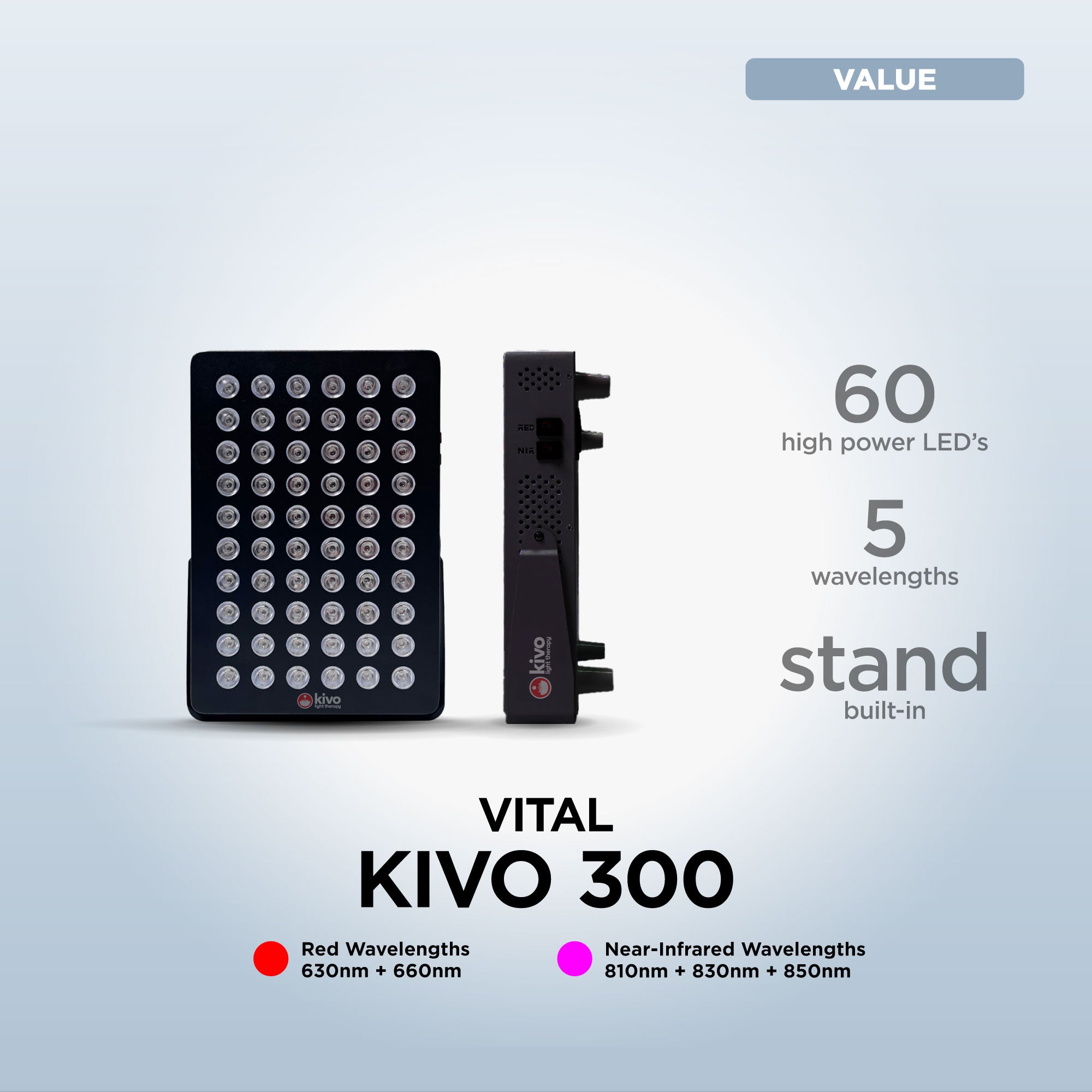Can Red Light Therapy Harm Your Eyes?
Red light therapy has become a popular skincare treatment for reducing wrinkles, acne, and inflammation. But with those bright, glowing lights, you might wonder—is red light therapy safe for your eyes? The good news is that red LED light doesn’t emit harmful UV rays, but it’s still important to use it correctly. Let’s dive into what you need to know to keep your eyes protected while enjoying the skin benefits of red light therapy.
What Is Red Light Therapy?
Red light therapy (RLT) uses low-level wavelengths of red and near-infrared light to stimulate collagen production, reduce inflammation, and promote skin healing. It’s commonly used for:
- Reducing fine lines, wrinkles, and sagging skin
- Fading dark spots and hyperpigmentation
- Healing acne and reducing breakouts
- Relieving muscle and joint pain
RLT devices come in different forms, like face masks, wands, panels, and eye masks. These treatments are non-invasive, pain-free, and don’t expose your skin to harmful UV rays.
Is Red Light Therapy Safe for Your Eyes?
1. No UV Radiation
Unlike sunlight or tanning beds, red LED light doesn’t contain UV rays, meaning it won’t cause sunburn or increase the risk of eye damage.
2. Minimal Heat Exposure
Red light therapy emits low heat, so it won’t cause burns or heat-related damage to your eyes.
3. Use Eye Protection When Necessary
While red light therapy is generally safe, prolonged exposure to bright LED lights can cause discomfort. If you’re using a panel device that sits away from your face, wear protective goggles to reduce light exposure to your eyes.
4. Device Placement Matters
Face masks that sit flush against the skin are safer for the eyes since they direct light into the skin rather than into your eyes. If your device is designed this way, you don’t need to wear goggles unless the manufacturer advises otherwise.
How to Choose a Safe Red Light Therapy Device
1. Look for Certified Devices
The Certified red light therapy devices are essential for safe at-home use. Buying a certified device ensures that it has been tested for safety - Kivo products are CE, ROHS, FDA, Health Canada, ISO certified.
2. Pick a Mask That Sits Close to the Skin
LED masks that fit snugly against your skin help reduce direct light exposure to your eyes while also improving light absorption for better skincare results.
3. Wear Goggles If Using a Panel
If you use a panel or wand that doesn’t sit flush to your skin, wear protective goggles to minimize eye strain and potential discomfort.
4. Always Follow Instructions
Each red light therapy device has specific guidelines for safe use. Make sure to:
- Use the device only on intended areas (face masks for the face, body panels for the body, etc.).
- Wear eye protection if required.
- Avoid overuse to prevent skin irritation or discomfort.
5. Consult a Dermatologist If Unsure
If you have sensitive eyes or a history of eye conditions, ask your dermatologist whether red light therapy is safe for you.
FAQ About Red Light Therapy for the Eyes
1. Can red light therapy hurt my eyes?
Red light therapy is not harmful to your eyes, but prolonged direct exposure can cause discomfort. Wearing goggleswhen using panel devices is a good idea.
2. Do I need eye protection for red light therapy?
It depends on the device. Face masks that sit flush to the skin don’t require goggles, but panels and wands do since they shine light directly into your eyes.
3. Can red light therapy improve eye health?
Some studies suggest that near-infrared light may support eye health and vision, but more research is needed. Always consult an eye doctor before trying RLT for eye conditions.
4. Does red light therapy make eyes sensitive to light?
No, red light therapy does not cause light sensitivity like UV exposure does. However, bright LEDs can be uncomfortable, so eye protection is recommended when necessary.
5. Is it safe to use red light therapy near the eyes?
Yes! Just make sure to use a certified device and follow the safety guidelines. If in doubt, wear goggles.
Final Thoughts
Red light therapy is a safe and effective way to improve skin health without exposing your eyes to harmful UV rays. While face masks that sit close to the skin are generally safe without goggles, panels and bright LED devices may require eye protection. Always follow your device’s instructions and consult a professional if you are in any doubt.

